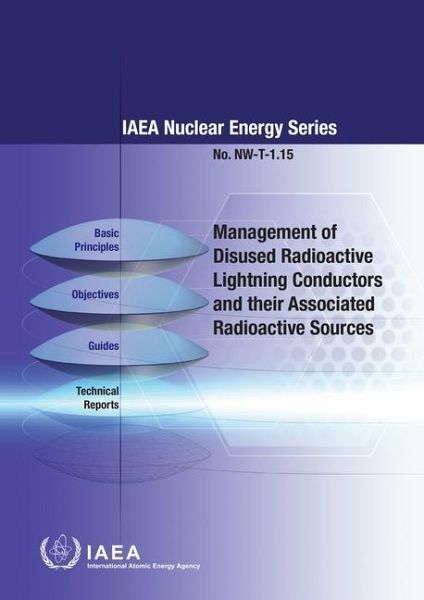Nicht lieferbar

Management of Disused Radioactive Lightning Conductors and Their Associated Radioactive Sources
Versandkostenfrei!
Nicht lieferbar
It was formerly hypothesized that placing a radioactive source near the end of a lightning conductor would improve the likelihood that lightning would strike the conductor. It is estimated that hundreds of thousands of these radioactive lightning conductors (RLCs) were installed worldwide. However, no convincing scientific evidence has been produced to demonstrate increased efficacy and the use of RLCs does not comply with the justification principle established in the International Basic Safety Standards. Therefore, most countries have recognized the need to stop installing RLCs and to remove...
It was formerly hypothesized that placing a radioactive source near the end of a lightning conductor would improve the likelihood that lightning would strike the conductor. It is estimated that hundreds of thousands of these radioactive lightning conductors (RLCs) were installed worldwide. However, no convincing scientific evidence has been produced to demonstrate increased efficacy and the use of RLCs does not comply with the justification principle established in the International Basic Safety Standards. Therefore, most countries have recognized the need to stop installing RLCs and to remove existing devices from the public domain. This publication summarizes all technical and organizational aspects related to the recovery and dismantling of RLCs as well as the safe management of the associated disused radioactive sources. The report describes the general arrangement, highlights the quality management components, identifies the staffing requirements and covers certain areas vital for the preparation for dismantling and source conditioning operations. Relevant information is provided on the various models of radioactive lightning conductors and how their design features influence the dismantling and source recovery operations. The publication also incorporates the most recent experience on various concluded projects in several Member States and captures the lessons learned.




